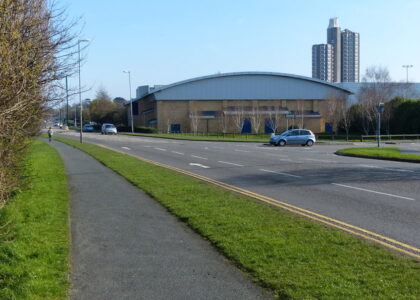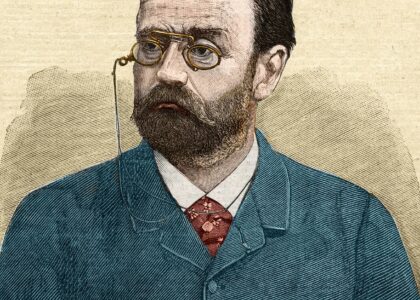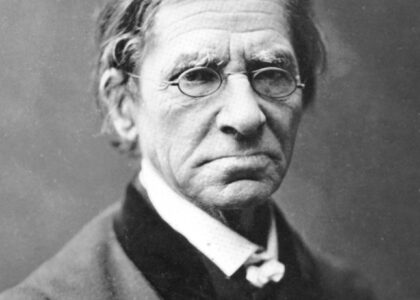Welcome to the Harrison Convention & Visitors Bureau, a place steeped in history and transformation. Nestled in the heart of Boone County, Harrison, Arkansas, this center not only serves as a gateway for visitors but stands as a testament to the rich tapestry of events that have shaped this region.
Harrison’s roots date back to the post-Civil War era when it was platted in 1869, named after Marcus LaRue Harrison, a Union officer and surveyor who laid out the town along Crooked Creek. This strategic location became the county seat of Boone County, which was established the same year amid the Reconstruction era’s social and economic rebuilding.
Throughout its history, Harrison has been a focal point of significant events and figures. The early 20th century was marked by racial tensions, with two notable race riots in 1905 and 1909 that led to the exodus of Black residents and established the town as one of the sundown towns in the United States. These events are a stark reminder of the racial strife that punctuated much of America’s history.
Despite these challenges, Harrison grew economically, especially with the arrival of the St. Louis and North Arkansas Railroad in 1901. This development bolstered the local economy, transforming Harrison into a critical hub for trade and transportation.
The town’s historical narrative includes the infamous presence of Henry Starr, a notorious bank robber, who was captured in Harrison in 1921. His story is a colorful chapter in the town’s law enforcement history, reflecting the Wild West era’s lingering influence.
Today, the Harrison Convention & Visitors Bureau and Explore Harrison serve as a reminder of the town’s evolving identity. From its tumultuous past to its current role as a vibrant community center, Harrison exemplifies the resilience and adaptability of small American towns as they navigate historical legacies and modern challenges.
Visitors can explore local museums and historical sites that offer a glimpse into the past, providing context and insight into how Harrison has transformed over the decades. With its rich history, Harrison stands as a living museum, inviting all to delve into its stories.





